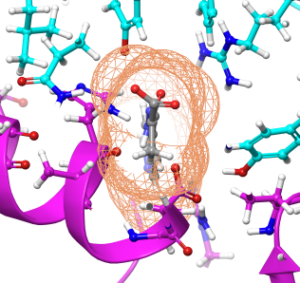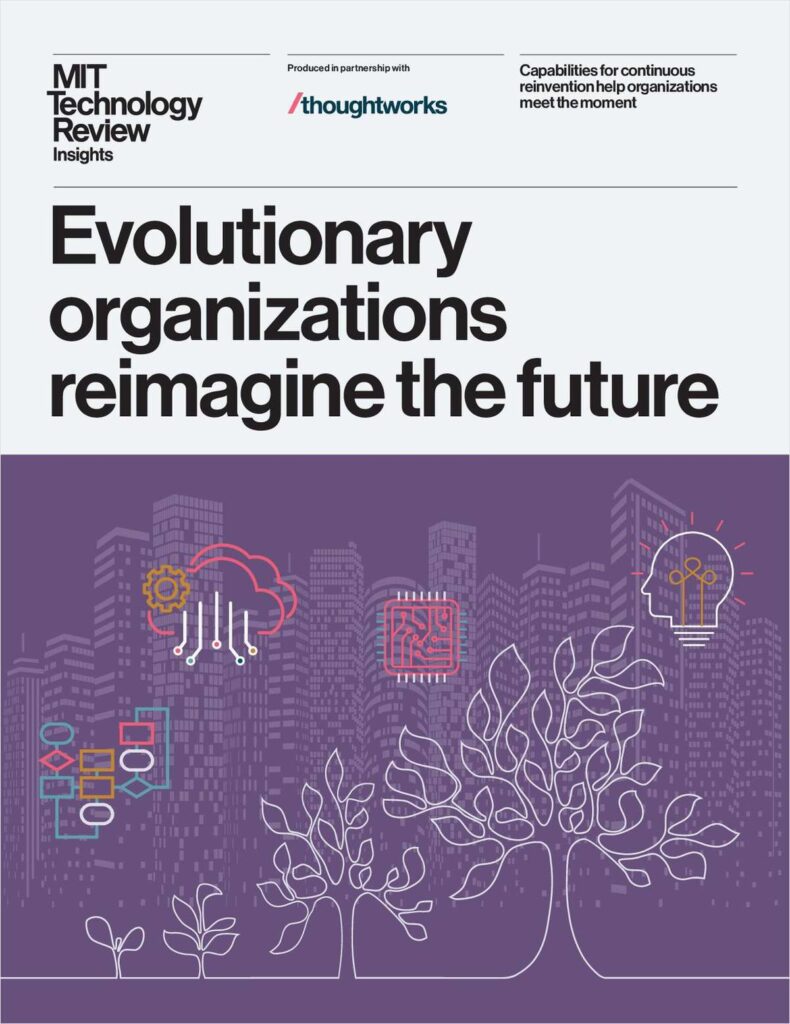
A compound, shown in gray, was calculated to bind to the SARS-CoV-2 spike protein, shown in cyan, to prevent it from docking to the Human Angiotensin-Converting Enzyme 2, or ACE2, receptor, shown in purple. Credit: Micholas Smith/ Oak Ridge National Laboratory, U.S. Dept. of Energy
In this segment from the NPR Here and Now program, Joe Palca talks to researchers using ORNL supercomputers to fight COVID-19.
Supercomputers have joined the race to find a drug that might help with COVID-19. Scientists are using computational techniques to see if any drugs already on the shelf might be effective against the disease.
Researchers at ORNL used the Summit supercomputer to identify 77 small-molecule drug compounds that might warrant further study in the fight against the SARS-CoV-2 coronavirus, which is responsible for the COVID-19 disease outbreak.
The two researchers performed simulations on Summit of more than 8,000 compounds to screen for those that are most likely to bind to the main “spike” protein of the coronavirus, rendering it unable to infect host cells. They ranked compounds of interest that could have value in experimental studies of the virus. They published their results in ChemRxiv, a free submission, distribution and archive service for unpublished preprints in chemistry and related areas.
The idea was born out of an interest in the coronavirus’ entry point into a host cell. When Chinese researchers sequenced the virus, they discovered that it infects the body by one of the same mechanisms as the Severe Acute Respiratory Syndrome, or SARS, virus that spread to 26 countries during the SARS epidemic in 2003. The similarity between the two virus structures facilitated the study of the new virus.
The team was granted computational time on the Oak Ridge Leadership Computing Facility’s (OLCF’s) Summit supercomputer, which is powered by thousands of NVIDIA Tensor Core V100 GPUs and IBM POWER9 CPUs, through a Director’s Discretionary allocation. The Summit supercomputer can perform 200 quadrillion calculations each second—compute power roughly a million times greater than the average laptop. The use of a supercomputer such as Summit was important to get the results quickly.We were able to design a thorough computational model based on information that has only recently been published in the literature on this virus,” Micholas Smith said, referring to a study published in Science China Life Sciences.
This segment aired on March 23, 2020.





